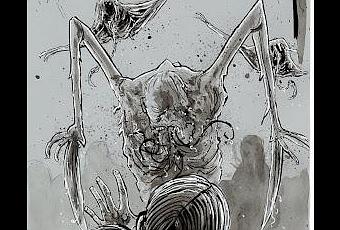
You could argue it never had a particularly novel plot by sci-fi standards, but the mix of body horror with hard sci-fi concepts, ruthless corporations, authoritarian governments, and sinister religious groups is still compelling. Even the alternate ending – unlocked by way of a new-game mode collectible hunt – is just a tweaked final cutscene that better sets up Dead Space 2. You encounter the same motley group of survivors, most of whom perish as expected. You still move through a dozen named chapters, fixing an absurd number of shipwide problems, while experiencing the same set-pieces and shoot-the-weak-spot boss battles. Some might have been looking for a more radical overhaul but I was pleased Dead Space (2023) only tweaks the plot and fleshes out the cast without changing major story beats or messing with character motivations.

With that said, I’ll try to explain why I feel Motive has created the definitive version for new and returning players – even if I feel not all the changes are for the best. Despite the increasingly dated visuals, I’ve replayed it many times and it holds up so well my brain struggles to accept there’s been a 15-year gap between it and Dead Space (2023). It arrived three years after Resident Evil 4 laid rock-solid foundations for the third-person survival-horror genre, giving Visceral Games (formerly EA Redwood Shores) time to refine mechanics, add a dismemberment-based twist to combat, and wrap it all up in a terrifying audiovisual package.

If I had to put together a list of my favourite new IPs from the seventh console generation, the original Dead Space (2008) would share the top spot with 2012’s Dishonored.


 0 kommentar(er)
0 kommentar(er)
